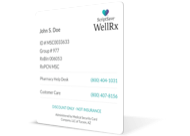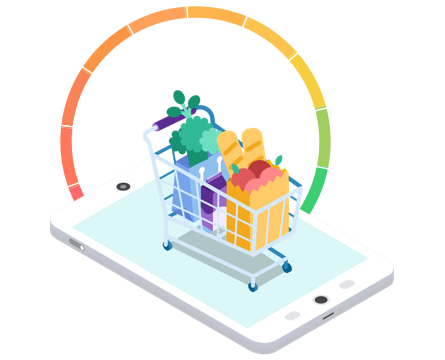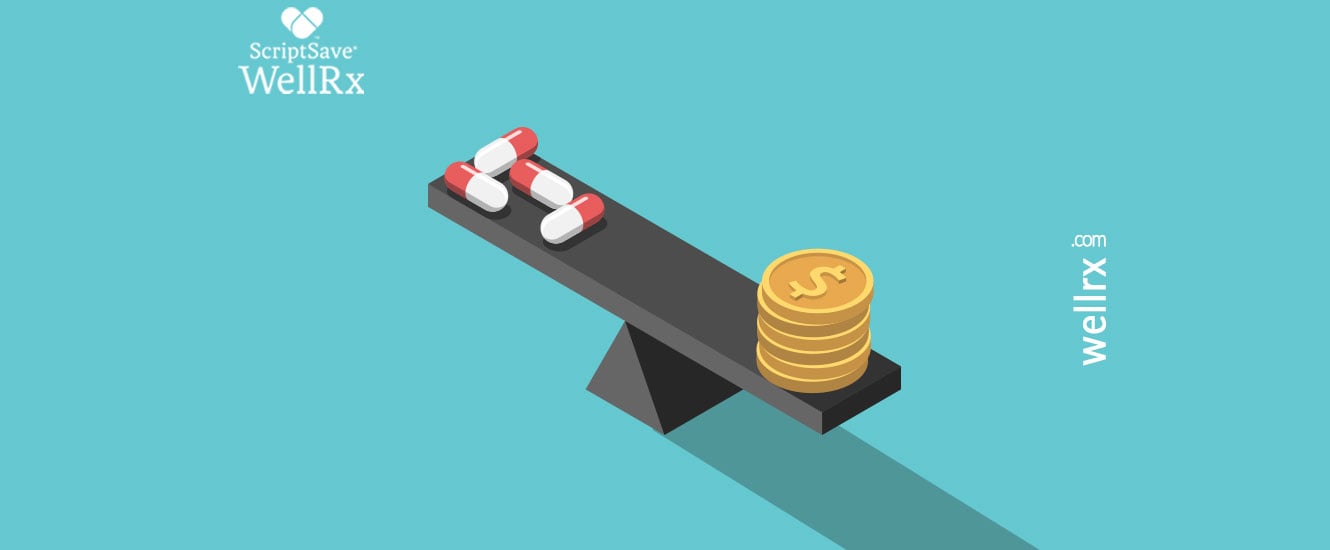Copyright 2024
Medical Security Card Company, LLC
All Rights Reserved
WellRx will never sell your personal information. Period. By signing up I agree to WellRx's terms of use and privacy policy.
By Joel Yambert, MS, Pharm.D. Candidate, Class of 2020,
University of Arizona College of Pharmacy
February 11, 2020
We’ve all seen it happen before. You’re in line at the pharmacy and next thing you hear, “No way. How do you expect anyone to afford that? I’m not paying for that!” Healthcare costs in the United States have continued to skyrocket. A recent poll from the Kaiser Family Foundation shows that nearly one-in-four (25%) people stated they have difficulty affording their medications and three-in-ten (30%) report not taking their medications as prescribed due to drug costs.
So why are all these medications so expensive?
There are a number of players in the pharmaceutical pipeline who impact the price of medications.
| Government/ lawmakers |
Pharmaceutical Companies/ Manufacturers |
Pharmacy Benefit Manager (PBM)/ ”Insurance” |
Pharmacy stores/hospitals | Patient |
| Pass laws that affect pricing, taxing, and reimbursement of drug creation and distribution | Base pricing on a variety of factors: cost to create the drug, number of people with potential to take the drug, and severity of need for the drug | Acts as the middleman between health plans, drug manufacturer, and pharmacy | Pharmacies pay a wholesaler to get drugs from the manufacturer and have contracts with PBMs to dispense the drugs | There are a variety of places to get your drugs, private or government insurance, and other elements |
According to a government survey from the National Health Expenditure Accounts Team, spending on prescription drugs increased 12.2% in 2014. There was a drug recently approved for a rare childhood disorder that costs $2.1 million for treatment. Policymakers and legislature are constantly working on ways to control drug costs to try to find a balance between those creating the drugs, those paying for them, and the companies that act in between them—such as PBMs. Government officials and lawmakers look to other countries’ policies to continuously evaluate the state of drug costs, and healthcare in general, in the United States.
As discussed in my article “Antibiotic Overprescribing: Creating the Next Big Superbug?,” the manufacturing and development of new antibiotics has been halted by most drug companies due to the lack of profit from their investment in antibiotics.
Drug development costs for pharmaceutical companies continue to rise as well as the cost to the consumers. The median cost of drug development for a single drug was $648 million, according to a 2017 study. Another study stated the cost to be an average of $2.7 billion.
These costs have put more pressure on pharmaceutical companies to be profitable in their drug development processes. Some diseases, like Alzheimer’s, have had their drug development funding cut in order to tackle more profitable diseases like cancer.
Pharmacy Benefit Managers (PBMs) act as middleman, so they negotiate drugs from the manufacturers at a discounted price for pharmacies. The pharmacy then purchases the drug from a wholesaler and the PBM charges the pharmacy a fee for getting the drug at a discounted cost. By doing this, the PBM retains the rebates on the medications instead of passing them down to pharmacies or consumers. Rebates are also gained by the PBM when they put the drug from the drug manufacturer on their PBM formulary. Due to this, the pharmacy is paying the wholesaler for the discounted cost and paying a fee to the PBM.
For pharmacies to gain money back from paying for the PBM service and for the medication itself, they pass the financial burden downstream to the patient (or buyer). You can see that there are many different processes occurring that result in the way drugs are priced and how much they end up costing the patient.
This may seem like finding affordable medication is helpless. What can you do to combat high drug prices? Many pharmaceutical company (or drug) sites will have coupons for their drugs that patients can use. There are also apps available, like ScriptSave WellRx, that provide discount pricing, sometimes less than the amount your insurance is willing to provide, on certain medications. There are many more avenues patients can take in order to combat against the high price of their medications. Talk to your pharmacist or doctor about potential price burdens.
Your health is in your own hands. You have the ability to research these pathways in order to get the best deal you can for your mediation needs. Don’t be afraid to ask questions to your various healthcare providers in order to get the help you need. Sometimes pricier drugs have alternatives that may be more affordable to fit your budget!
References:

For your convenience, use the ScriptSave® WellRx mobile app. Now savings are well in hand, right at the pharmacy counter. Save on your family's prescription medicines.
Learn More
Your choice. Get a ScriptSave WellRx Savings Card. Or Download the free mobile app from the App Store or Google Play Store
Get A Card
ScriptSave WellRx Grocery Guidance leverages leading-edge nutritional data science to help you know which food products on your grocery store shelf are truly good for YOU.
Healthy Foods For YouTags:

April 25, 2023

February 28, 2022

August 03, 2020
You need to log into the site to use this feature
This feature requires registration. Sign up or log in to your free WellRx account to gain access to this and other tools to help make managing your medications and wellness easier.
Benefits Include:
 Store & manage your medication list
Store & manage your medication list
 Medication pricing updates
Medication pricing updates
 Medication information
Medication information
 Pill & refill reminders
Pill & refill reminders
 Medication journal & mood log
Medication journal & mood log
This feature requires registration. Sign up or log in to your free WellRx account to gain access to this and other tools to help make managing your medications and wellness easier.
Benefits Include:
 Store & manage your medication list
Store & manage your medication list
 Medication pricing updates
Medication pricing updates
 Medication information
Medication information
 Pill & refill reminders
Pill & refill reminders
 Medication journal & mood log
Medication journal & mood log
You will be redirected to your program in 5 seconds.
Our Terms and Conditions and Privacy Policy have recently been updated.
By declining you will be logged out of your account